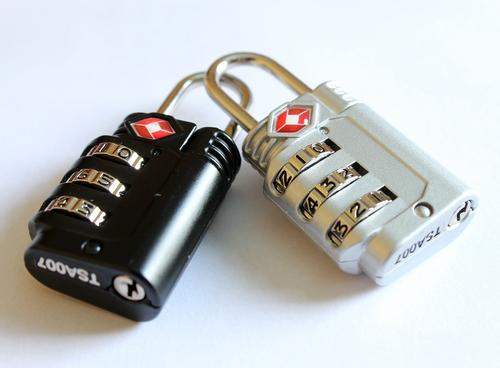Supply Chain of Things: Challenges & Solutions
By on Aug 28, 2015
 comments powered by Disqus
comments powered by Disqus
The Internet of Things, (IoT) can bring more complexity to the supply chain, but it can also bring greater visibility affecting the supply chain's operations in a positive way. The IoT will bring supply chains a $1.9 trillion boost.

Pascal Fernandez, vice president at Avnet, one of the world's largest global distributors of electronic components, computer products, and embedded technology, spoke at the High-Technology and Electronics Supply Chain Summit in Amsterdam in May about challenges and solutions in the Supply Chain of Things (SCoT). He analyzed some challenges that the industry will be facing and offered some solutions to help supply chain leaders mitigate those challenges.
"Data and analytics are more important that the object itself," said Fernandez. "It goes from sensors to servers." All the connected things that will be around us in the next 10 years are going to be located in a cloud-based solution. "Big data is going to be the fuel of the IT industry," Fernandez said. "Big data is what people are going to be building, small data is going to be money. People are going to merchandize and monetize the analytics created by all the things connected."
"By the end of the decade there will be 50 billion connected objects. Samsung says there will be 130 billion objects. Whatever the number, it's going to be enormous," said Fernandez. According to Fernandez, there is going to be many contenders, but there are not going to be many winners.
The objective of the case was to provide the owner of intellectual property the control and visibility of who was able to order products containing their IP. The challenge was the startup didn't have a supply chain, or fulfillment capabilities. However, it possessed working prototypes, and funding.
The objective was achieved by providing the required encrypted programming services, and developing a licensee Onboarding Process between the IP owner and Avnet. There was also an authorization channel developed between the IP owner and Avnet. This was used to confirm who was authorized the purchase of components, nd under which conditions. An online ordering portal where the licensees could place orders for the components they were licensed for was also provided.
- Fernandez observed how the electronics supply chain is undergoing some changes that affect digital trust:
- Emerging business models are changing the value chain: All the data collected is stored in the cloud and software is becoming the biggest investment.
- Connectivity: The IoT is taking a front seat. However, the connectivity that the IoT is bringing to all devices is making devices less secure.
- Hardware standardization is seen as a business enabler.
- Logistics: In terms of logistics, secured devices can't be stored in unsecured places.
- Traceability: With multi-location production and accessories partner with licensing, product pairing will become key for growth, but complex to control. In the sales channel, Web stores licensing, and all pervasive business models might bring complexity for the return of investment (ROI).
- Added value services will need higher level identification.
- Export control is becoming complex, and subject to governmental claim.
Complexity, volatility, and the need for velocity is the new norm in the high-tech industry, noted Fernandez. The SCoT will bring some additional challenges. Securing the supply chain is the way to be prepared:
- Explosive growth, high density of startup companies, or newcomers to the hi-tech industry
- Analytics are more important than "things": Assess risk and secure data, and pay attention to Signal Chain (Trusted/Non trusted sites)
- Design ecosystem from sensors to servers: Control access, and manage IP and licensees network
- Many contenders, few winners: Assess risk, and be prepared to fail quickly
Source: EDM





